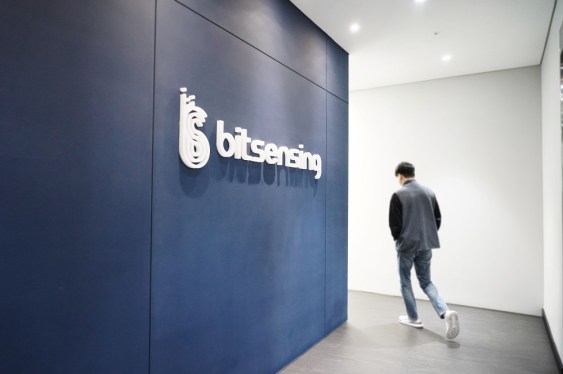Radar Technology for Autonomous Vehicles
Self-driving vehicles rely on multiple sensors to detect objects and the world around them. While cameras and lidars are conventional approaches, some tech companies and startups have developed advanced high-resolution radar technology for autonomous vehicles, known as 4D imaging radar.
Bitsensing: A South Korean Startup Leading the Charge
Among these innovators is bitsensing, a South Korea-based startup founded in 2018 by Jae-Eun Lee, CEO of bitsensing. Lee’s vision was to accelerate the commercialization of radar technology after witnessing a tragic road collision at the Incheon Yeongjong Bridge in Korea due to heavy fog and poor visibility.
The Limitations of Cameras and Lidars
Lee emphasized that traditional approaches have often focused on cameras and lidar systems, but these are limited by environmental conditions such as poor lighting, fog, or rain. These limitations can lead to reduced accuracy and reliability in detecting objects and ensuring safety.
"When asked if 4D imaging technology can replace lidar in the near future, Lee told me that imaging radar’s current performance cannot yet match the extremely high resolution of current lidar systems, but it holds significant potential."
The Potential of 4D Imaging Radar
Lee noted that as imaging radar technology continues to evolve, it is expected to reach a point where it can replace lidar. This may occur at a faster pace than the development of lidar itself.
At CES in 2023, Amnon Shashua, CEO of Mobileye, an Israel-based autonomous driving company, stated that Mobileye only wants to deploy 4D imaging radars except for the front lidar. This highlights the growing recognition of the potential of 4D imaging radar technology.
The Market for Imaging Radar and Advanced Radar
Lee mentioned that delays in the commercialization of autonomous driving technology have become a significant issue, leading some to believe there might be limitations in the sensor market. However, with the transition to software-defined vehicles (SDV), there is an increasing need to quickly integrate high-performance and multiple sensors from the early stages.
Consequently, the market for imaging radar and advanced radar is expected to expand rapidly. Investors, including Korea Development Bank, HL Mando Corporation, Industrial Bank of Korea, and Aju Capital, have participated in bitsensing’s latest funding round, bringing its total raised to $46 million since its inception.
Expanding Globally through Strategic Partnerships
Lee stated that the outfit is currently in the revenue growth stage and is trying to expand globally through strategic partnerships. It can offer hardware and software, data, and licensing contracts.
The Future of Self-Driving Vehicles
As the industry continues to evolve, it is clear that advanced radar technology will play a crucial role in the development of self-driving vehicles. With companies like bitsensing leading the charge, the future of autonomous driving looks promising.
Related Topics:
- Asia
- Autonomous driving
- Bitsensing
- Fundraising
- Self-driving
- South Korea
- Startups
- Transportation
About the Author:
Kate Park is a reporter at TechCrunch, with a focus on technology, startups, and venture capital in Asia. She previously worked as a financial journalist at Mergermarket covering M&A, private equity, and venture capital.
More From TechCrunch:
- Sonos CEO Patrick Spence is leaving following bungled app update
- Apple may add an iPhone Air to its lineup
- Researchers open source Sky-T1, a ‘reasoning’ AI model that can be trained for less than $450

